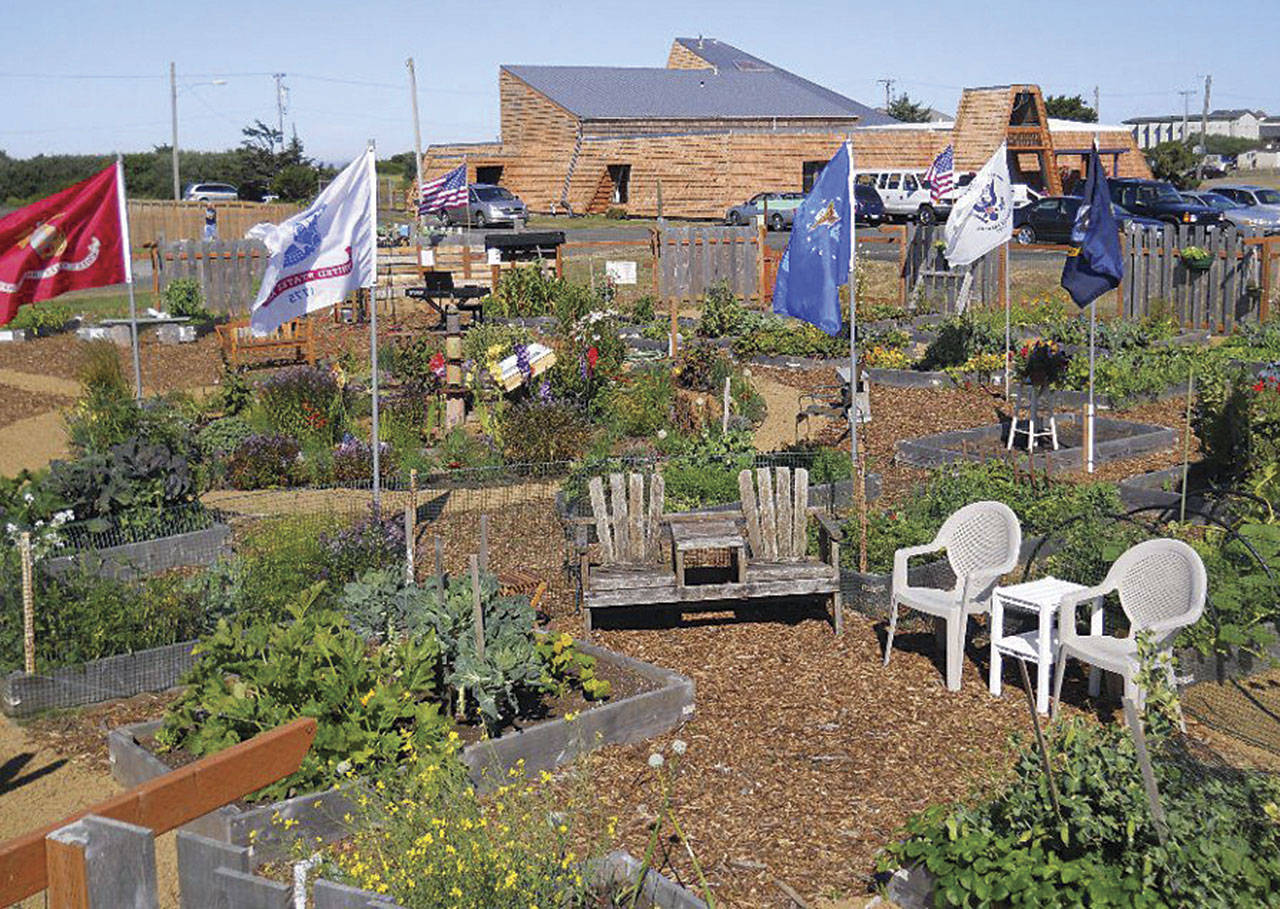By SUSHILA RAVARD
Garden by the Sea, a community garden in Ocean Shores, will be celebrating its 11th season on Saturday, March 23 from 10 a.m. to 1 p.m. at 824 Ocean Shores Blvd. (behind the Galilean Lutheran Church).
At that time, you may rent a 4-by-8 foot raised garden bed, sign up to volunteer on the special days that are planned or buy some vegetable or flower starts or seeds for your own home garden. Refreshments will be served. So please come and meet our garden members and feel free to ask us how to help make your garden a success this year.
Some of the reasons while we started planning this community garden out here in Ocean Shores in 2008 was due in part to the current swell of interest in the local food movement — since the early 2000s there has been a remarkable surge in the prevalence of community garden initiatives.
But while they may be in the current media spotlight, the practice is certainly not new.
Community gardens have been part of American cities since the late-19th century.
As a way to confront the congestion, economic instability, and environmental degradation that were part and parcel of turn-of-the-century, residents began taking matters into their own hands—by planting school gardens, for example, or cultivating the vacant lots between buildings. Which is exactly what we did!
Since then, the popularity of these gardens has seen ebbs and flows in relation to the social and economic climates of particular eras. During the World Wars and the Great Depression, for example, the practice became much more widespread (as a result of the “Victory Gardens” encouraged by the federal government during WWII, Americans produced 40% of their own food!) only to diminish once again as the nation’s devastated economy began to recover. The 1970s witnessed another economic crisis that made its mark on communities.
As soaring food prices coincided with the birth of the modern era, and the availability of open spaces as a result of failed renewal projects, community gardens began to reemerge as part of a movement. Most recently, after the 2009 recession, there was a prevalence of community gardens as a strategy for supplementing food costs and cultivating local resilience.
While their ability to improve food access alone, especially among lower-income and under-served communities, is proof enough of their enduring value, community gardens are, and have always been, about much more than food.
Here are some of the many interrelated benefits that these collectively held spaces could bring to urban and rural neighborhoods:
• Physical and mental health.
• Educational opportunities and community partnerships.
• Safety and crime reduction.
• Cultural heritage and exchange.
Wendell Berry once quipped that it may be too easy to underestimate the power of a garden. “A garden,” he continued, “is a solution that leads to other solutions. It is part of the limitless pattern of good health and good sense.”
For more information go to our website: www.gardenbytheseaoceanshores.org or call Karen Young @425-255-4025


